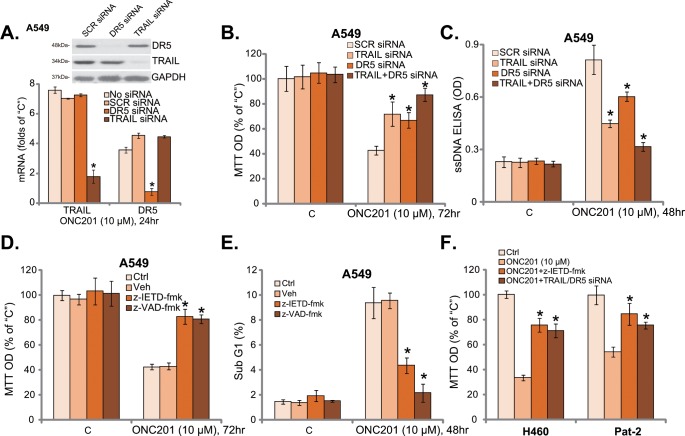Fig 3. Inhibition of extrinsic apoptosis activation attenuates ONC201’s cytotoxicity in human lung cancer cells.
A549 cells transfected with scramble control siRNA (SCR-siRNA), TRAIL siRNA or DR5 siRNA (100 nM each) were treated with ONC201 (10 μM) for applied time, TRAIL/DR5 mRNA and protein expressions were shown (A, GAPDH was tested as the control); Cell viability and apoptosis were examined by MTT assay (B) and ssDNA apoptosis ELISA assay (C), respectively. A549 cells were pre-treated with z-IETD-fmk (40 μM) or z-VAD-fmk (40 μM) for 1 hour, followed by ONC201 (10 μM) treatment for indicated time, cell viability and apoptosis were examined by MTT assay (D) and Sub G1 FACS assay (E), respectively. H460 cells or primary human lung cancer cells (“Pat-2”), pretreated with z-IETD-fmk (40 μM, 1 hour) or TRAIL plus DR5 siRNA (100 nM each, 36 hours), were treated with ONC201 (10 μM) for 72 hours, cell viability was tested by MTT assay (F). The results presented were representative of three independent experiments. The values were expressed as the means ± SD. “C” stands for untreated control group. “Veh” stands for 0.2% DMSO (D and E). *p<0.05 vs “No siRNA” group (A). *p<0.05 vs “SCR siRNA” group (B and C). *p<0.05 vs “Veh” group (D and E). *p<0.05 vs ONC201 only group (F).

